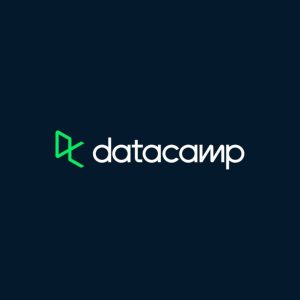Introduction to R
Master the basics of data analysis in R, including vectors, lists, and data frames, and practice R with real data sets.
Learn R Programming
R programming language is a useful tool for data scientists, analysts, and statisticians, especially those working in academic settings. R’s ability to handle complex analyses such as machine learning, financial modeling, and more makes it a valuable asset for a wide range of data-related tasks.
This introduction to R course covers the basics of this open source language, including vectors, factors, lists, and data frames. You’ll gain useful coding skills and be ready to start your own data analysis in R.
Gain an Introduction to R
You’ll get started with basic operations, like using the console as a calculator and understanding basic data types in R. Once you’ve had a chance to practice, you’ll move on to creating vectors and try out your new R skills on a data set based on betting in Las Vegas.
Next, you’ll learn how to work with matrices in R, learning how to create them, and perform calculations with them. You’ll also examine how R uses factors to store categorical data. Finally, you’ll explore how to work with R data frames and lists.
Master the R Basics for Data Analysis
By the time you’ve completed our Introduction to R course, you’ll be able to use R for your own data analysis. These sought-after skills can help you progress in your career and set you up for further learning. This course is part of several tracks, including Data Analyst with R, Data Scientist with R, and R Programming, all of which can help you develop your knowledge.





There are no reviews yet.